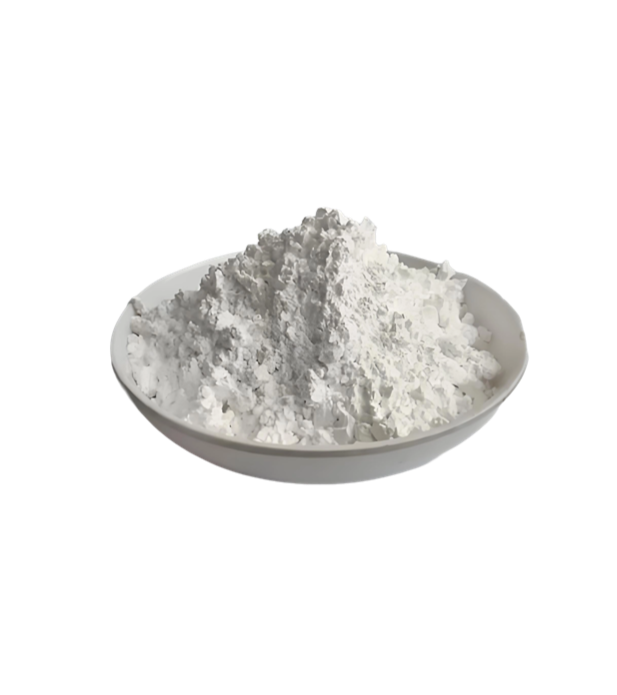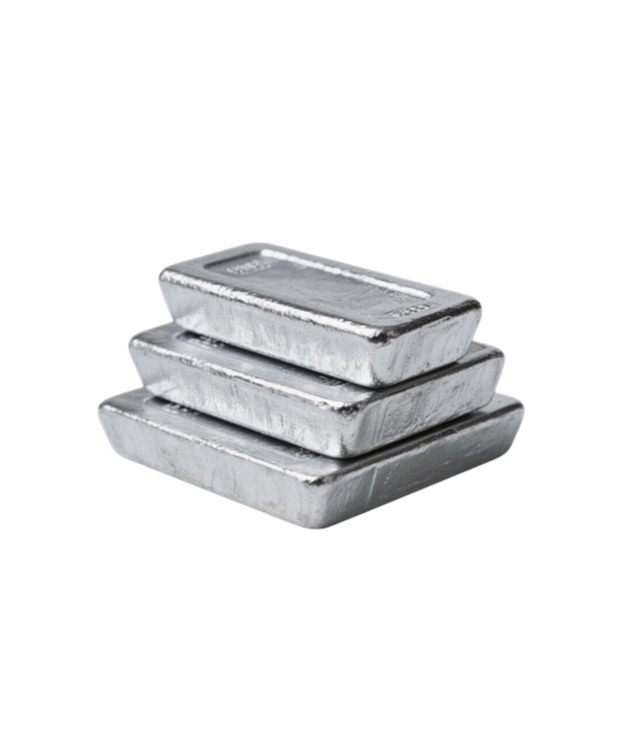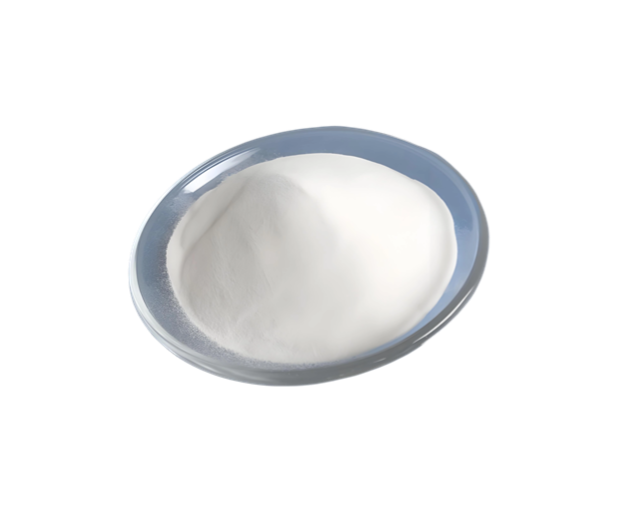Antimony Trioxide
Usage: As a flame retardant, it can be widely applied to impart flame retardancy to materials such as polyethylene, polypropylene, polystyrene, polyvinyl chloride, nylon, engineering plastics (ABS), rubber, paints, coating synthetic resins, and paper. As an antifoaming agent, it is used to remove bubbles from molten glass, and it functions as a catalyst in polyester fibers. It serves as a covering agent and whitening agent in enamel and ceramic products.



 anti-static
anti-static flame
flame resistant to fire
resistant to fire 




 中文
中文